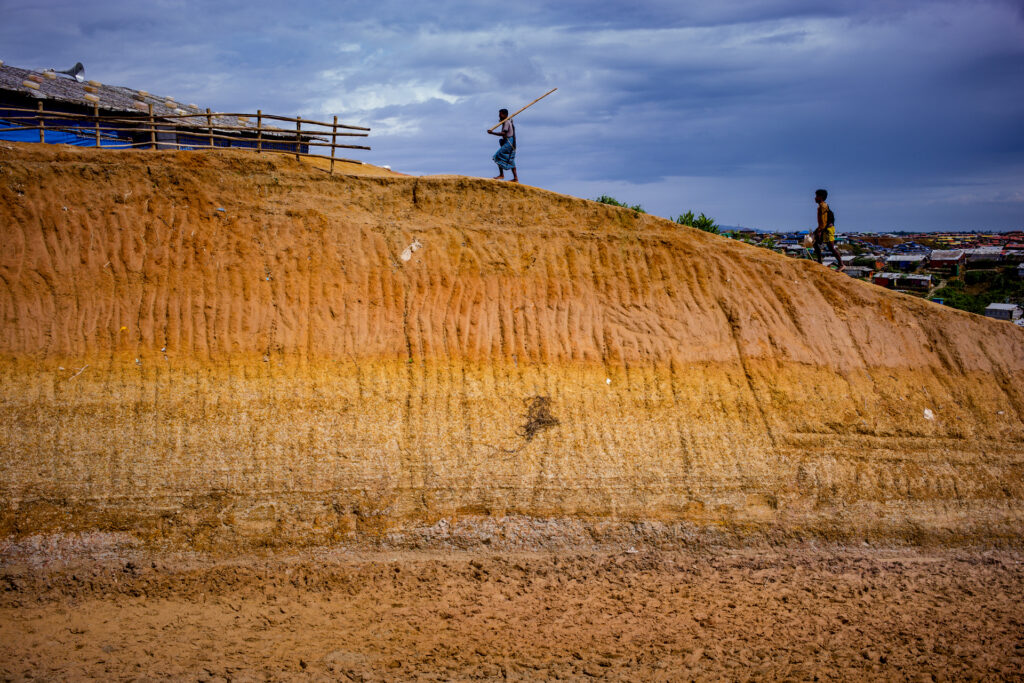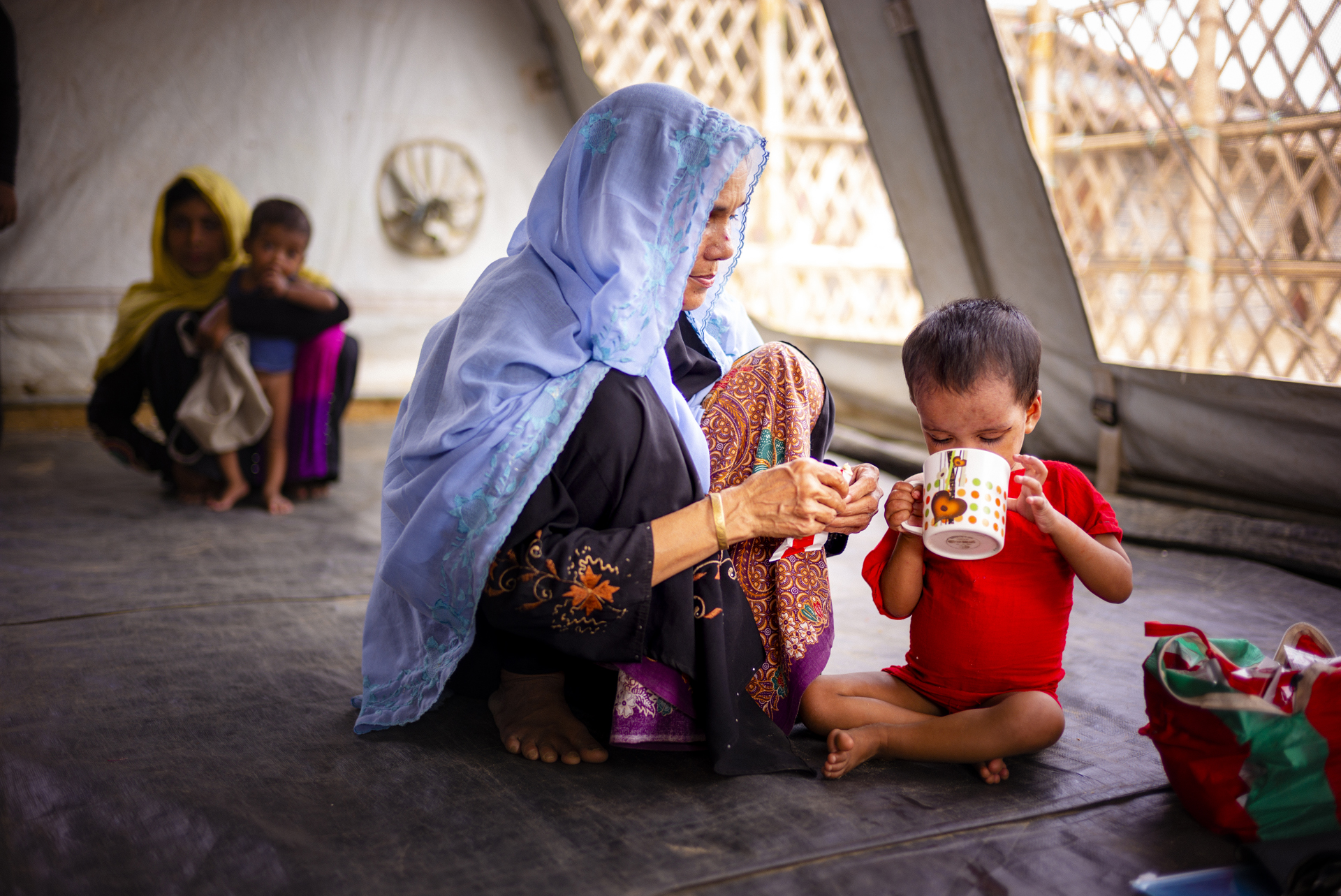In Bangladesh, more than 900,000 Rohingya refugees are living in congested sites that are ill-equipped to handle the monsoon rains. I visited the Terre des hommes (Tdh) respond to the top three risks for children, who represent 50% of the camps’ population.
Bangladesh, Coxs Bazar, Kutapalong refugee camp houses 700.000 Rohingya refugees of the total 900.000 that have fled into Bangladesh border region. Terre des hommes has been in Bangladesh for over 40 years and started emergency response to help the more than 450.000 Rohingya children in the camps, specially with the upcoming monsoon period where they fair the heavy rain will put the camp under water or create landslides due to the large scale deforestation.






